The experts in boutique travel To Peru and South America
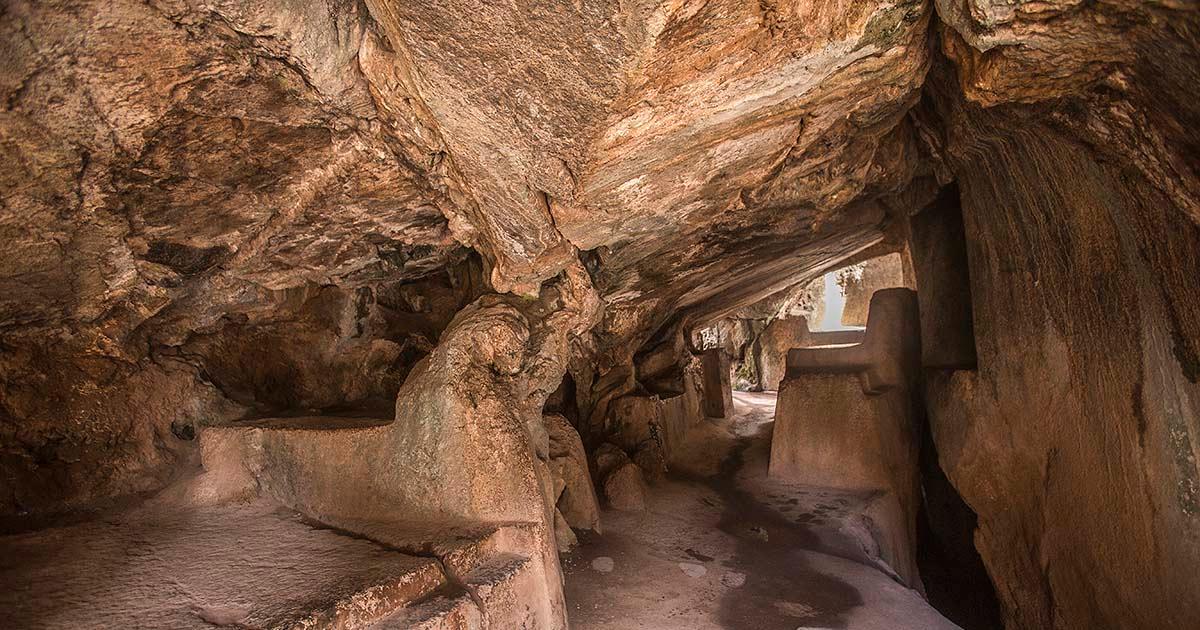
Qenqo poses more questions than it gives us answers. The mystery behind its natural and manmade caverns and the purpose behind its underground chambers attract visitors from around the world. Learn more about the history of these important Incan ruins and how to visit.
*Cover photo by Ana Castañeda.
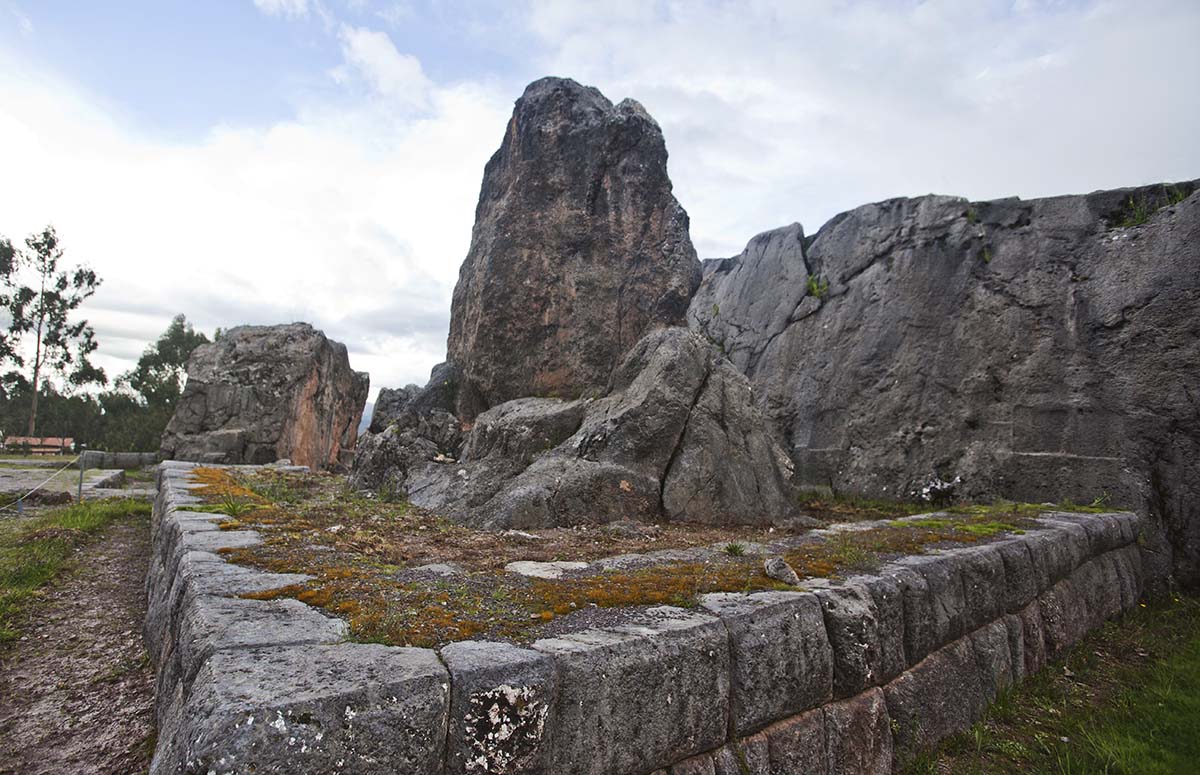
The name Q’inqu (now spelled Qenqo or Kenko) means “labyrinth” in the Andes’ native Quechua language. However, the Spanish conquistadors actually gave the name to the site. The original name is unknown.
The archeological site consists of a complex of subterranean galleries, canals, and a semi-circular amphitheater-type structure. The area of the ruins that tourists visit is Big Qenqo (or Hatun Q’enqo) whereas Small Qenqo (Huchuy Q’enqo) is off-limits to visitors. In the 16th century, the Spanish tore down many of the stone structures to repurpose for their own colonial buildings. This has made it difficult to uncover the original purpose of the site. But the evidence left behind reveals clues to the fascinating lives of the Incas.
Although the ruins may date back to a civilization before the Incas, archeologists and historians agree that the Incas used it as an important ceremonial site. In the lower, underground portion of Big Qenqo, Inca death rituals likely took place on a slab cut into the stone. Ritualistic sacrifices, probably of llamas, were not uncommon. The zigzagging canal carved into the rock above may have transported ceremonial chicha (a fermented corn beverage) or sacrificial llama blood. Some also believe that the Incas used the underground tunnels to mummify important members of Inca society. This, however, isn’t as widely accepted.

Above ground, we see clear indications of structures dedicated to astrological purposes. Like many other Incan stoneworks, the carved shapes reflect stars and constellations. You can even see an Intihuatana structure, or a “sun post,” which had great spiritual purpose for the Incas. Many other archeological sites in Cusco, the Sacred Valley, and Machu Picchu also have Intihuatana structures.
Cusco Tours:
Another significant structure is the Qenqo puma, a carved stone that forms the shadow of a puma on the winter solstice. Cusco locals rever the winter solstice during its famous Inti Raymi celebration.
Also above ground are the remains of an amphitheater. The amphitheater consists of a semi-circular terrace surrounding what may have been an almost 20 foot (6 m) tall stone statue in the center. Along the semicircle are carved niches where the Incas may have posted worshipped idols.
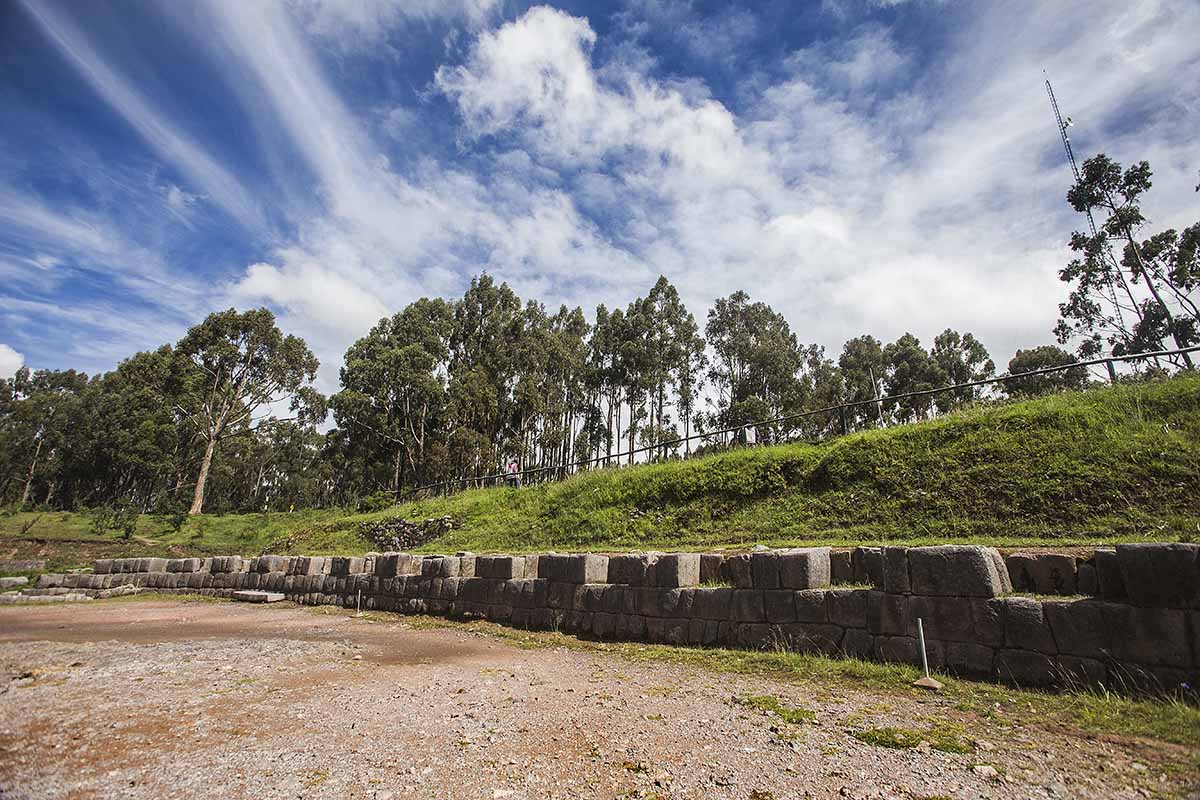
Unfortunately, little is known about Small Qenqo. Archeologists believe the Incas so highly valued this side of the site that the Spanish put that much more effort into destroying it. All that remains today are high walls laid out in distinct curves and circles.
Located just over half a mile (1 km) as the crow flies from Cusco’s Plaza de Armas, Qenqo is a very easy Cusco temple to visit from the former Inca capital. It is also conveniently located near the impressive archeological site Sacsayhuaman. You can either visit it as part of a guided tour or explore it on your own.

A typical city tour will include most of the highlights of Cusco, including monuments in the historic center and the archeological sites in the adjacent hills. Start off in the Plaza de Armas to visit the Cusco Cathedral, the Santo Domingo Convent, and Korikancha. The historic center presents prime examples of Spanish colonial architecture on top of Inca foundations.
From there, your guide will bring you up into the hills to visit a set of marvelous pre-Inca and Inca structures. The first along the road leaving Cusco is Sacsayhuaman, followed by Qenqo, then Puka Pukara, and Tambomachay.
Keep in mind that group tours may not be able to fit all of these archeological sites if the group doesn’t move quickly. If you want to see all of them—or a personally selected few—with a guide, we recommend reserving a private tour.
A group tour of those four archeological sites costs about US $20-25, while a private tour costs around US $60. Note that neither estimated price includes the cost of the entrance ticket.

It’s very easy to visit these Cusco attractions without a guide. All you need to do is purchase an entrance ticket and either take a taxi or walk to the site. You can see the Qenqo temple in conjunction with the surrounding archeological sites, as well.
Keep in mind, though, that the site does not have signs indicating the history and importance of the different structures. So if you plan on visiting on your own, be sure to do some reading beforehand or bring a guide book with you.
Here’s how to get there:
You can ask your hotel to call a secure taxi for you. This will ensure a reliable driver and well-maintained vehicle rather than hailing one off the street. A taxi will cost less than 30 soles (less than US $9) one way. Taxis may be infrequent coming back, so have your hotel also arrange for a return taxi.
It takes 15 to 20 minutes to get to Qenqo from Cusco’s Plaza de Armas. It is 10 to 15 minutes from Sacsayhuaman to Qenqo.
It is also possible to walk to Qenqo. Just remember that Cusco’s elevation is 11,152 ft (3,399 m) and Qenqo’s is 11,745 ft (3,580 m). When traveling from sea level (or close to sea level), it is very important to make sure that you are well acclimated before hiking around Cusco’s hills.
From the Plaza de Armas, it takes about 40 minutes to walk to Qenqo, going straight through the San Blas neighborhood. From Sacsayhuaman, it takes approximately 25 minutes following the main road.
Always take care to pay attention to traffic when crossing the street and when there’s no sidewalk.

Qenqo is included on the Boleto Turístico General (BTG), or Cusco’s Visitor’s Ticket. This is a bundle ticket package for those looking to see Cusco’s major attractions. There are two types of Visitor’s Ticket: a full ticket and a partial ticket.
The full ticket allows entrance to all the major sites in Cusco, the Sacred Valley, and the Southern Valley. Sites include Sacsayhuaman, Qenqo, Pisac, Ollantaytambo, Moray, and Piquillacta, to name a few. This ticket is valid for 10 days and costs 130 soles (about US $38) for foreign tourists.
The partial ticket, on the other hand, is divided into three circuits. To visit Qenqo, you will want to purchase Circuit 1, which includes all the Inca sites near Cusco—Qenqo, as well as Sacsayhuaman, Tambomachay, and Puka Pukara. The Circuit 1 ticket is valid for only one day and costs 70 soles (about US $20) for foreign tourists.
(Circuit 2 includes several Cusco museums and Southern Valley archeological sites while Circuit 3 includes sites in the Sacred Valley. Both of these are valid for two days and cost the same as Circuit 1).
Qenqo, like the other sites included on the Visitor’s Ticket, is open from 6 am until 5 pm.

There is still so much to be unearthed about the history of the Qenqo ruins. We may never know for sure what its true purpose was, but we can be certain that it will continue to awe and inspire visitors for years to come.
Let us make visiting Qenqo effortless. Contact our Travel Advisors to plan your perfect Peru vacation.
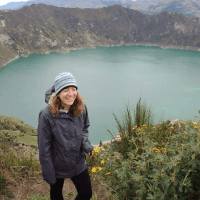
Family trips abroad gave Rachel an insatiable taste for foreign languages and cultures.
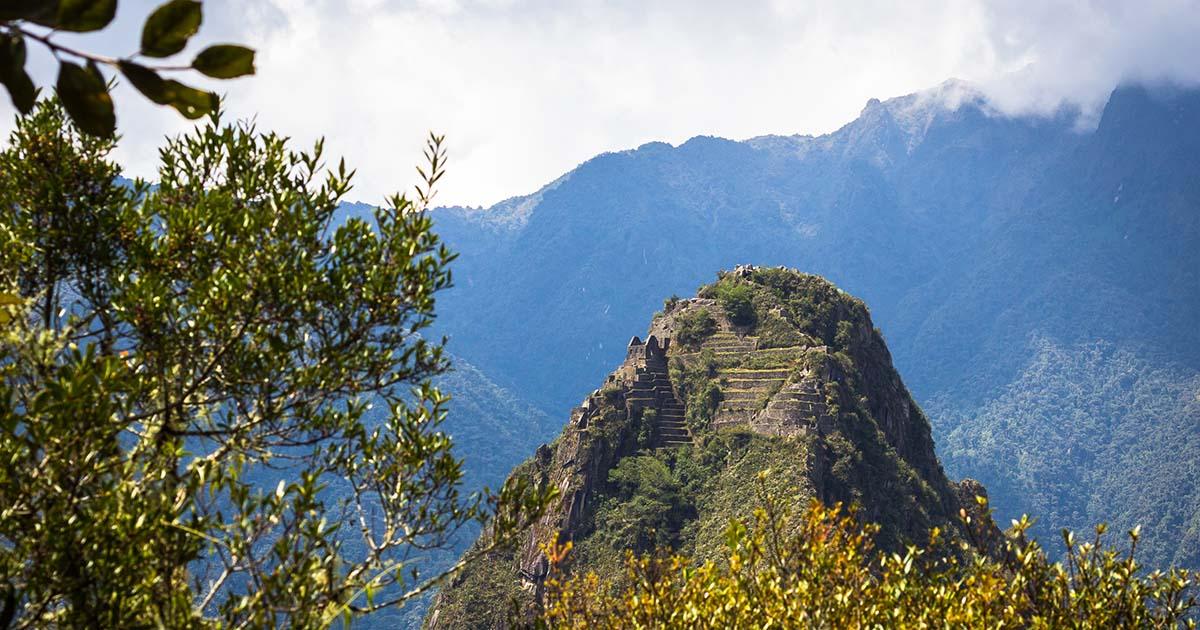
Huayna Picchu, which in Quechua roughly translates to “Young Peak,” is the majestic sugarloaf mountain that rests behind the northern side of Machu Picchu. Its dramatic shape and backdrop against the ruins are, in part, why Machu Picchu is so striking in appearance.

Every year on June 24th, the city of Cusco comes alive with Inti Raymi, the Festival of the Sun—one of the most important celebrations in Inca tradition.